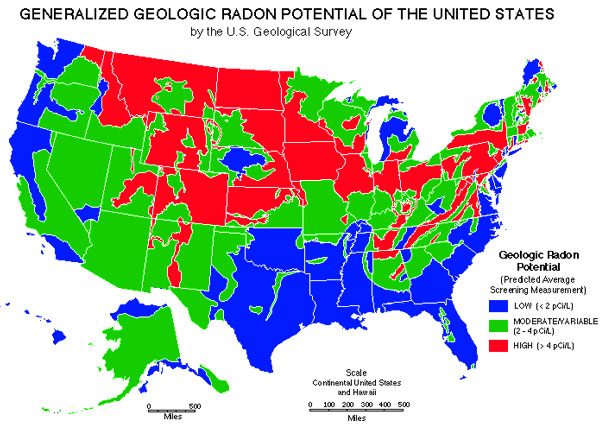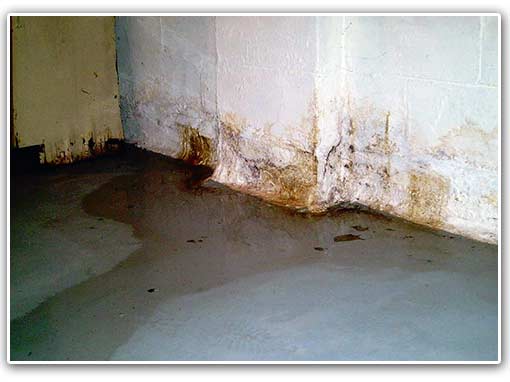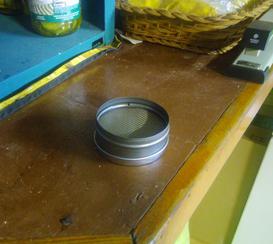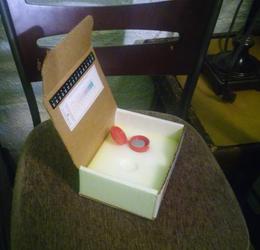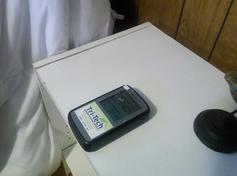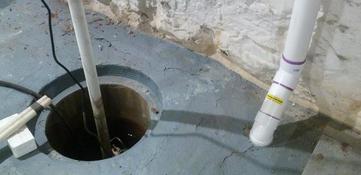DIY Radon Testing: Rock Science, Not Rocket Science
When to Test for Radon
January is known as Radon Action Month. The months of both January and February are considered the optimal times for radon testing as the interior of the home has less dilution from outdoor air. During the winter heating season, the indoor air rises up through the house and escapes through vents and other openings. This rising warm air reduces the pressure at the base of the home and can causes the radon to be trapped in the resulting stagnant air. In the winter, basements are more subject to negative pressurization due to furnace and dryer combustion, which causes an increased demand for combustion air. This makeup air can be drawn through the cracks and seams in the walls and floors. Therefore, homes not installed with make-up or basement combustion devices may have higher levels of radon during the winter. In addition, soil gases are believed to travel the path of least resistance. A zone of frozen ground containing ice and/or snow may be less permeable than the concrete, block or other foundation floors and walls of a basement. If testing cannot be performed during the middle of winter, generally the cooler months are preferable to the warmer ones.
One study showed that in cold climates radon levels were approximately tripled that of summer levels (Montana) but fluctuated less in the winter in a more temperate location (Utah), where winter levels were approximately double the summer levels.
If you elect to conduct short-term testing, check the weather forecast first. Ideally you would want to avoid severe storms or periods or unusually high winds, which can skew the results.
Stormy weather can result in lower pressures, which can also result in higher radon levels. Radon is also believed to be efficiently conveyed through groundwater leaking into basements or open sumps collecting groundwater.
You should be able to maintain "closed building" conditions for at least 12 hours prior to and during the period of the test.
For an initial screening consisting of only one sample, it is considered ideal to collect a “worst-case” scenario sample at a height of approximately 2 to 3 feet above the floor and 2 to 3 feet from a basement perimeter wall. The ideal location would be a corner (more wall surface area) nearest and in-between the furnace. Some judgment may also be used in setting the radon sampler near a preferential pathway such as a large crack in the foundation or an open sump.
Because of moisture interferences, avoid setting a sampler adjacent to a utility sink, bathroom, aquarium etc.
While radon exposure can occur throughout a home, its generally just tested in the basement at "the source.” However, if you think or have found a radon problem in your basement and spend very little time there, you might decide to test on the first floor of your home and determine how many radon exposure is reduced through dilution of the air.
The following guidance is offered for those wishing to do their own DIY radon testing by purchasing a short-term test DIY kit from Tri-Tech or from a hardware store. Information is also provided on using electronic detectors for longer-term monitoring such as those provided by Tri-Tech or some professional home inspectors.
Water leakage is problematic and should be corrected first prior to testing. Water can facilitate Radon entry into the home. Moisture can also interfere with the accuracy of short-term tests.
How to Test: Short-Term Passive Samplers
Unless you are located in an area known for high-risk (read more here for radon risk of in the metro Detroit and outlying areas of Southeastern Michigan), you will normally want to choose a short-term screening level test to start with. The most inexpensive test method is a 48-96 hour passive activated charcoal test. This involves simply opening containers during the test period to allow radon to absorb on the charcoal. The containers are then closed up and shipped to a laboratory for analyses. The advantage is the low cost and ease of use. They are more subject to humidity interferences than electronic detectors. Due to the short-duration, they are also more susceptible to variations due weather and pressure related events.
EPA recommends two side-by-side radon samplers. However, there is no justification for collecting two samples that are essentially duplicate. It is much more useful to collect one “worst-case” sample as described above and one sample in the main living area of the basement or near the stairwell. Ideally, three samples are collected spaced equidistant from each other. This gives a far more representative average value and can help helpful in identifying possible “hot spots.”
A 3-cm radon sampler starts at $115 (and $35 for each additional sample), including delivery and setup. The homeowner is instructed how to close up the sampler at the end of the test period and drop in a mailbox (pre-paid shipping label provided). Passive radon samples are only $50 (and $25 for each additional sample when part of an add-on testing service).
The 7-cm radon sampler (e.g. AccuStar) collects a larger sample and therefore is more marginally more accurate. Samples start at $125 (and $45 for each additional sample), including delivery and setup.
a typical 3 cm passive sampler
a typical 7 cm passive sampler
How to Test: Medium and Long-Term Sampling
Any questions about testing?
For longer test periods, electronic detectors are utilized. Tri-Tech offers medium and long-term electronic radon detector rentals. Tri-Tech’s digital meters have a detection limit is 0.01 pCi/L and are rated with 10% Precision and Accuracy for a week long test at a concentration of 5 pCi/L. The detector uses photodiode technology to detect alpha particles released by radon gas. The detector collects a 25 cm3 air sample in 30-minute increments. Interfering particulate of greater than 0.2 mm is excluded from the sample. The detector is self-calibrating at start up and every 24 hours. The detector maintains a one-day and long-term running average. The daily readings can be logged by the homeowner if they wish to see daily fluctuations.
A one week meter rental is just $165 (additional monitors are $50 each) with a $175 refundable security deposit. A two week rental ($185 and $60 per additional monitor) is a better value and will allow for readings under more variation in weather and barometric pressure conditions. A one month rental provides even better data ($250 and $75 additional). Extended rental packages will be quoted upon request for long-term monitoring to assess seasonal availability.
electronic radon monitors automatically calculates daily and long-term averages
Where to Test for Radon

